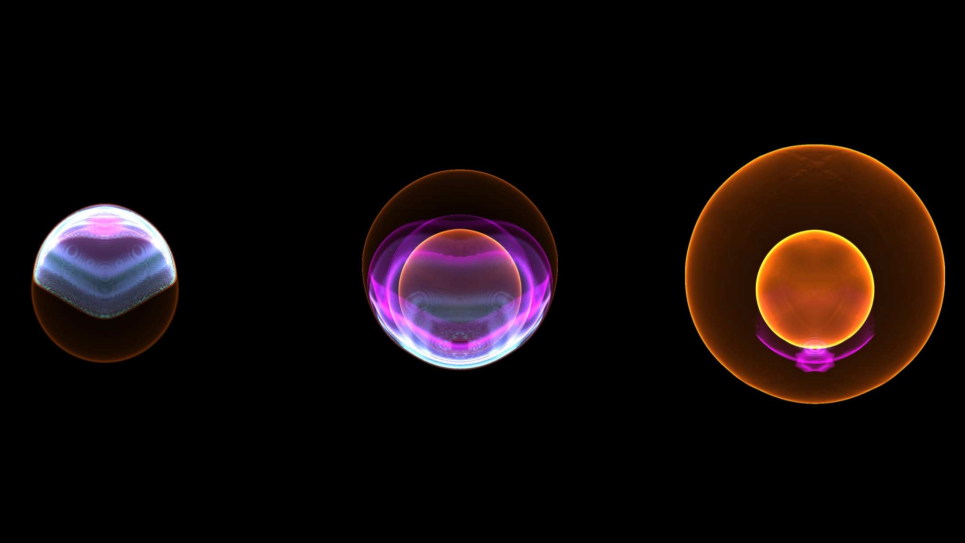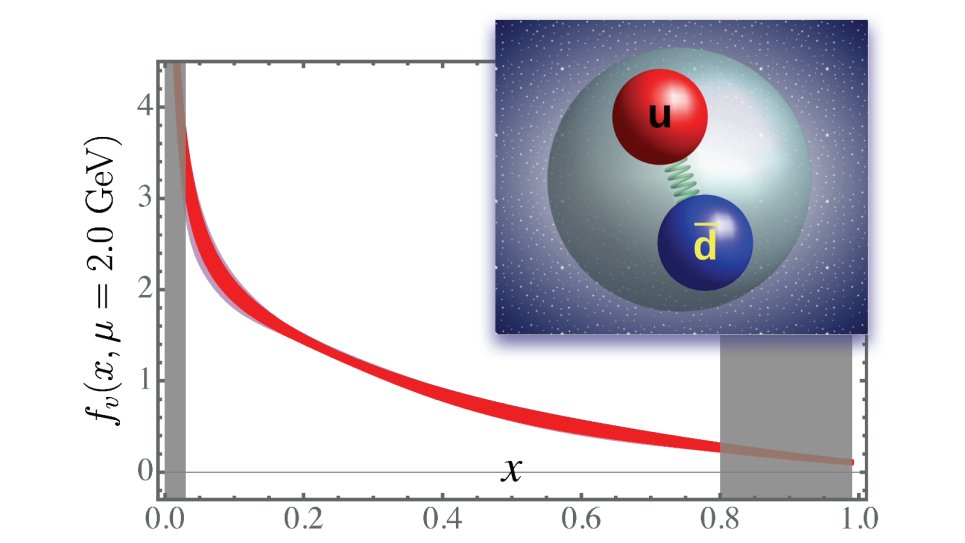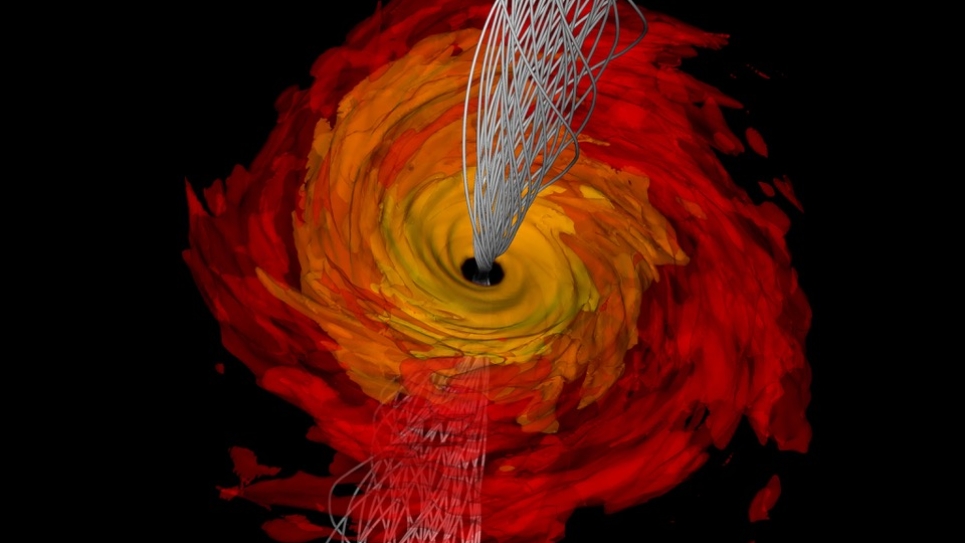Reliably modeling their structure of the particles that make up atomic nuclei, as well as their interactions with neutrinos, electrons, nucleons, and other nuclei is essential for DOE's large nuclear physics experiments at Argonne, FermiLab, Jefferson Lab, and Michigan State University. At present, it is not possible to derive the forces between nucleons from fundamental principles with sufficient accuracy. Instead, theoretical models use approximations of the true forces with parameters that are determined by fits to experimental data. This introduces uncertainties in the resulting predictions. To understand how large the uncertainty in a particular prediction might be, it’s necessary to consider a range of realistic approximations to the true force.
Given a nuclear force, there are several methods to predict nuclear properties, such as their size and how tightly bound they are. This project uses quantum Monte Carlo, which is the most reliable for small nuclei. Over the last twenty years, researchers have used one particular force model and the team’s quantum Monte Carlo program to make the most accurate available calculations for up to 12 nucleons. Recent work by another team provides systematic families of nuclear forces that could provide the range of options needed to understand the uncertainty in predictions made using these forces. The team has been adapting their work for use with quantum Monte Carlo. They will use one of DOE's forefront computers, Argonne's Theta, to determine the parameters in these forces and then to model nuclei with them. These results, combined with those of our original model, will be important indicators of the reliability of theoretical predictions of nuclear properties, particularly those needed by DOE experiments. The team will also provide the resulting forces to the nuclear physics community for use with other methods applicable to larger nuclei.


